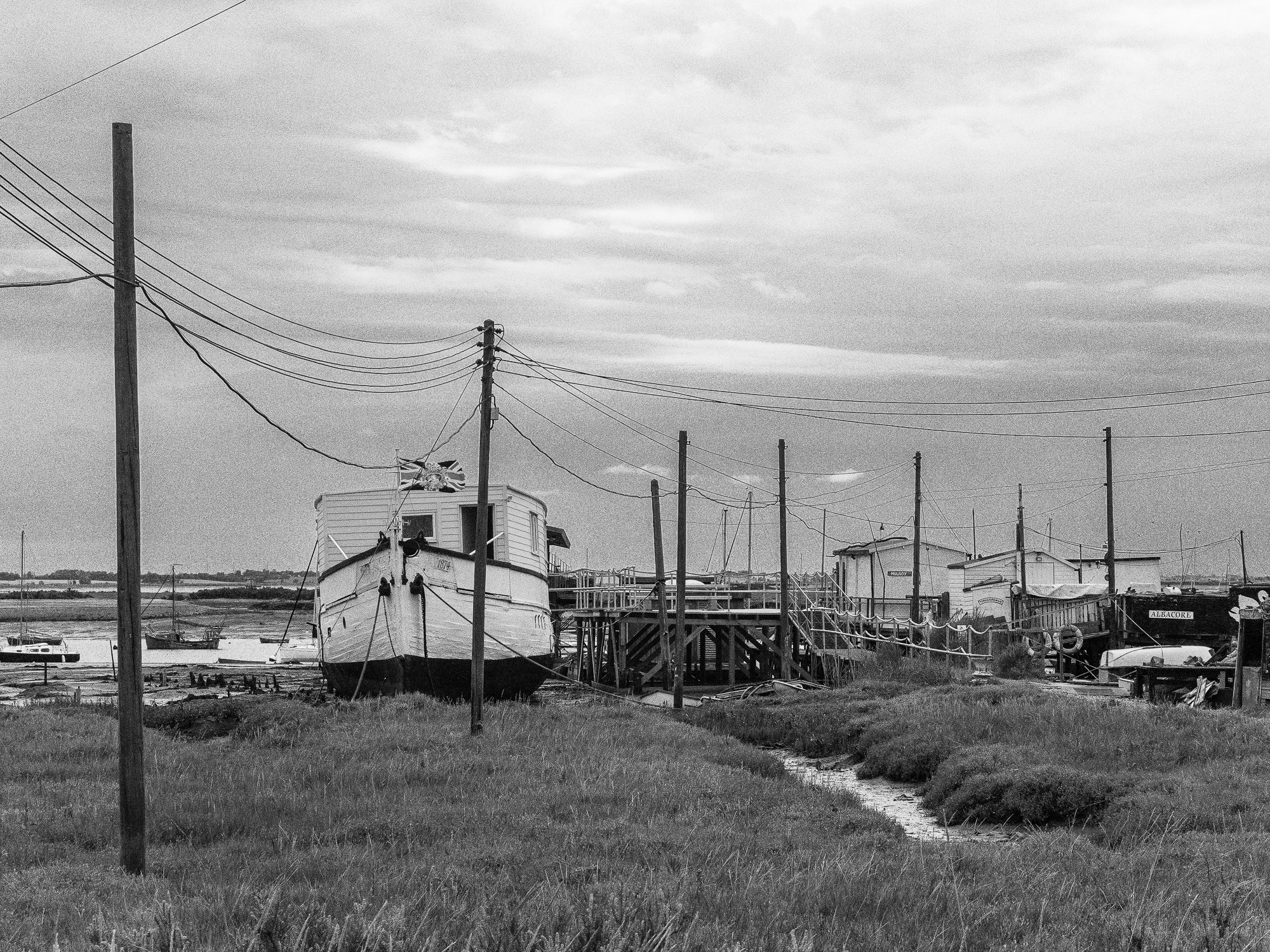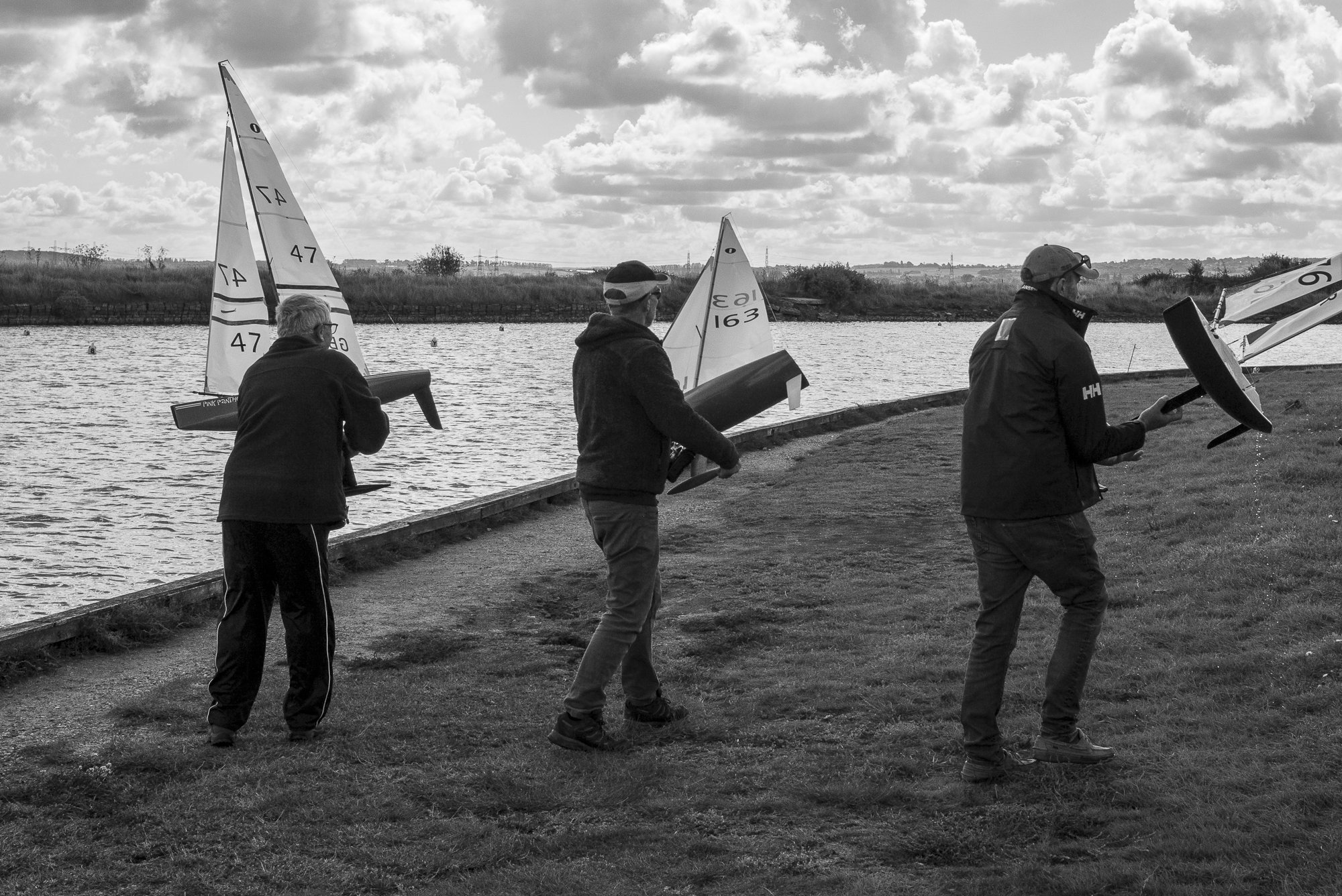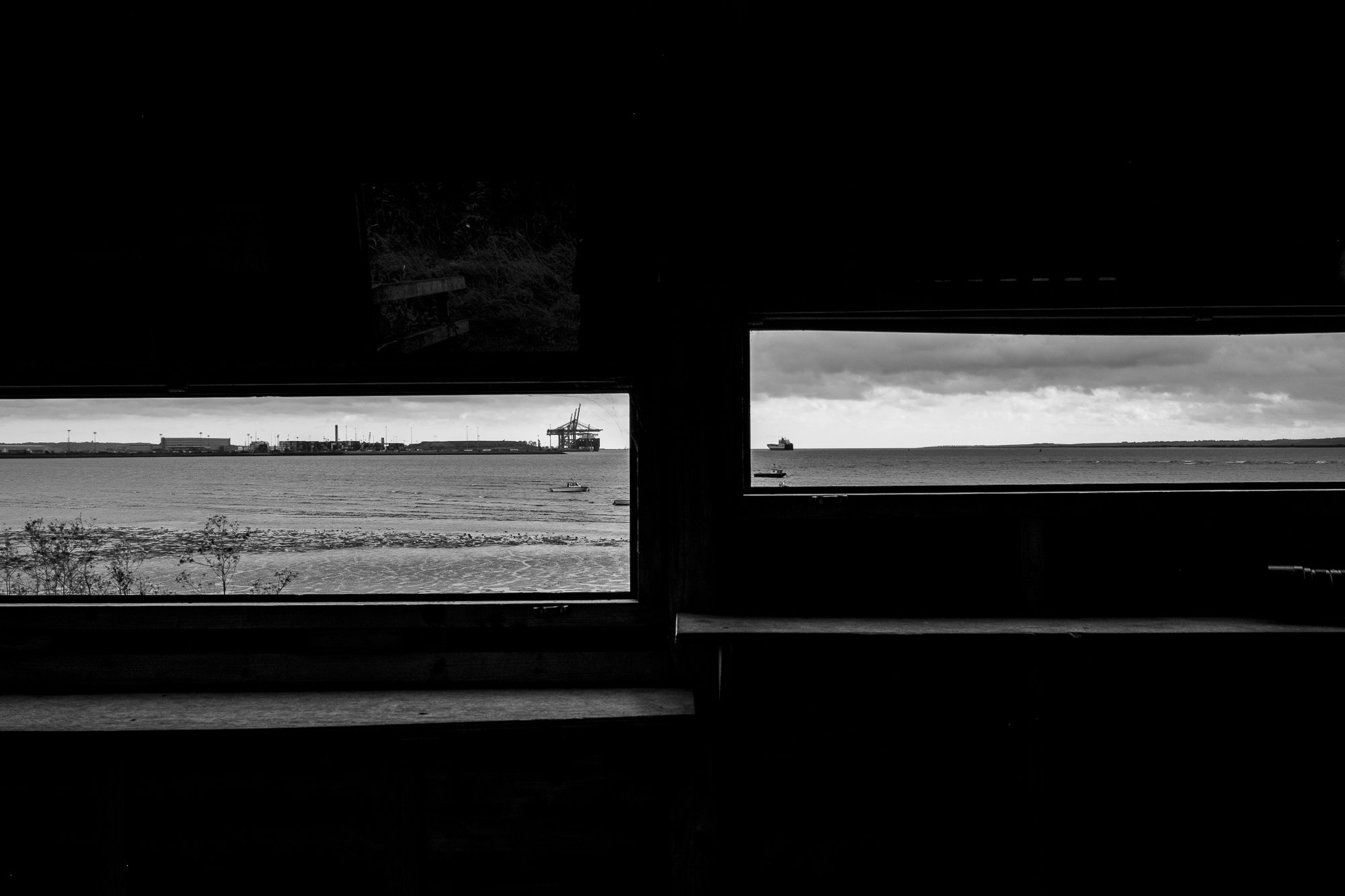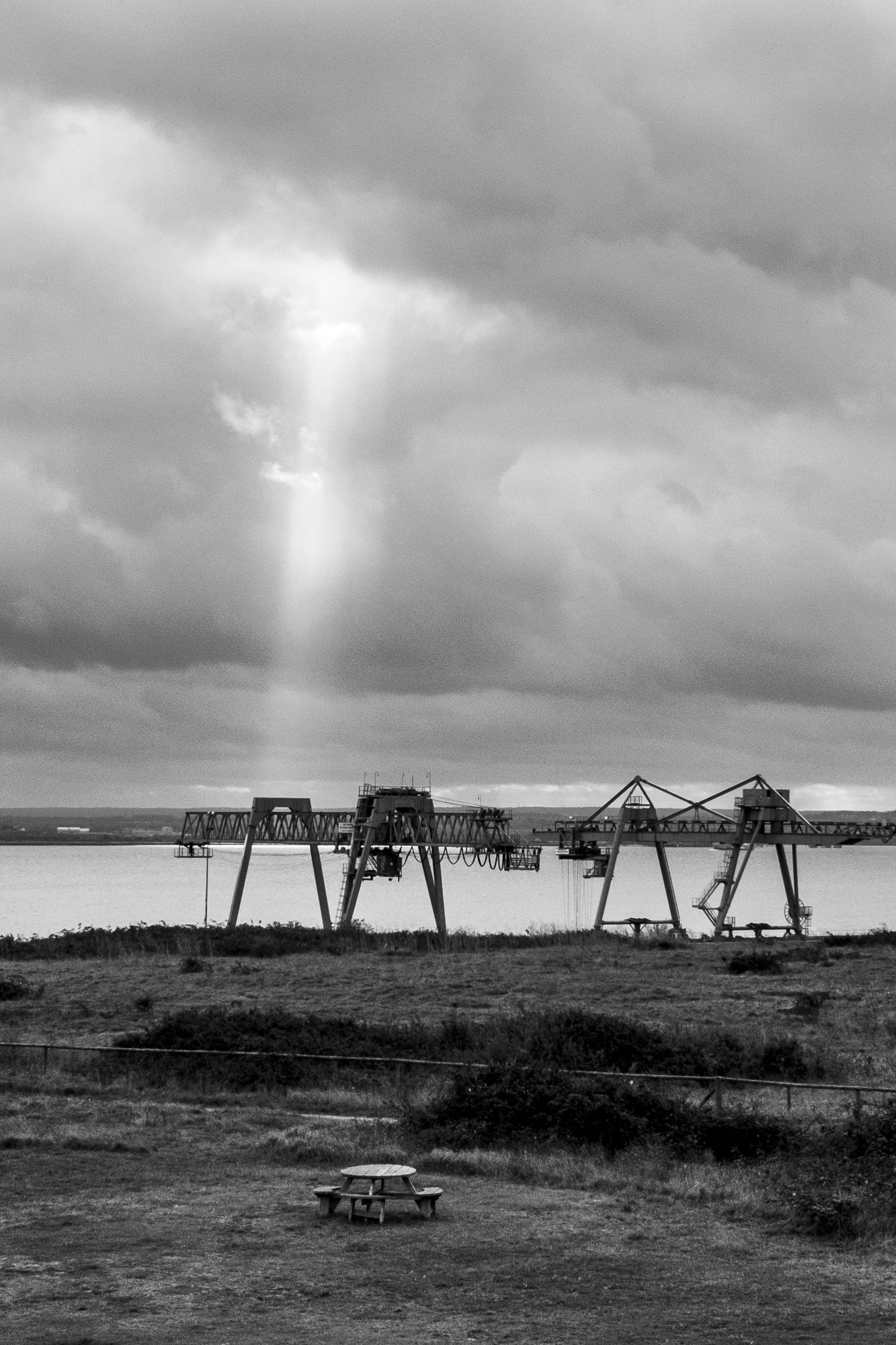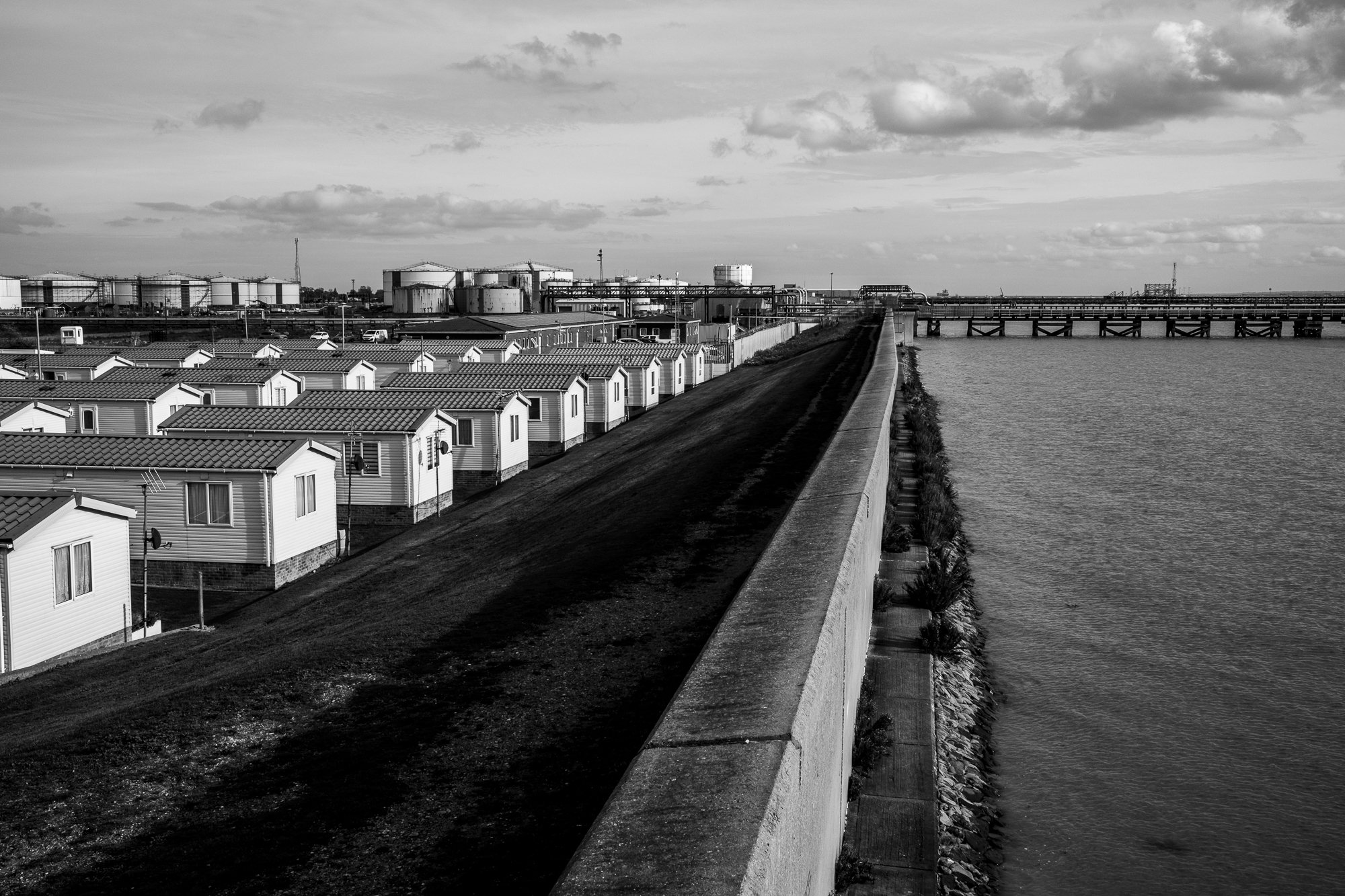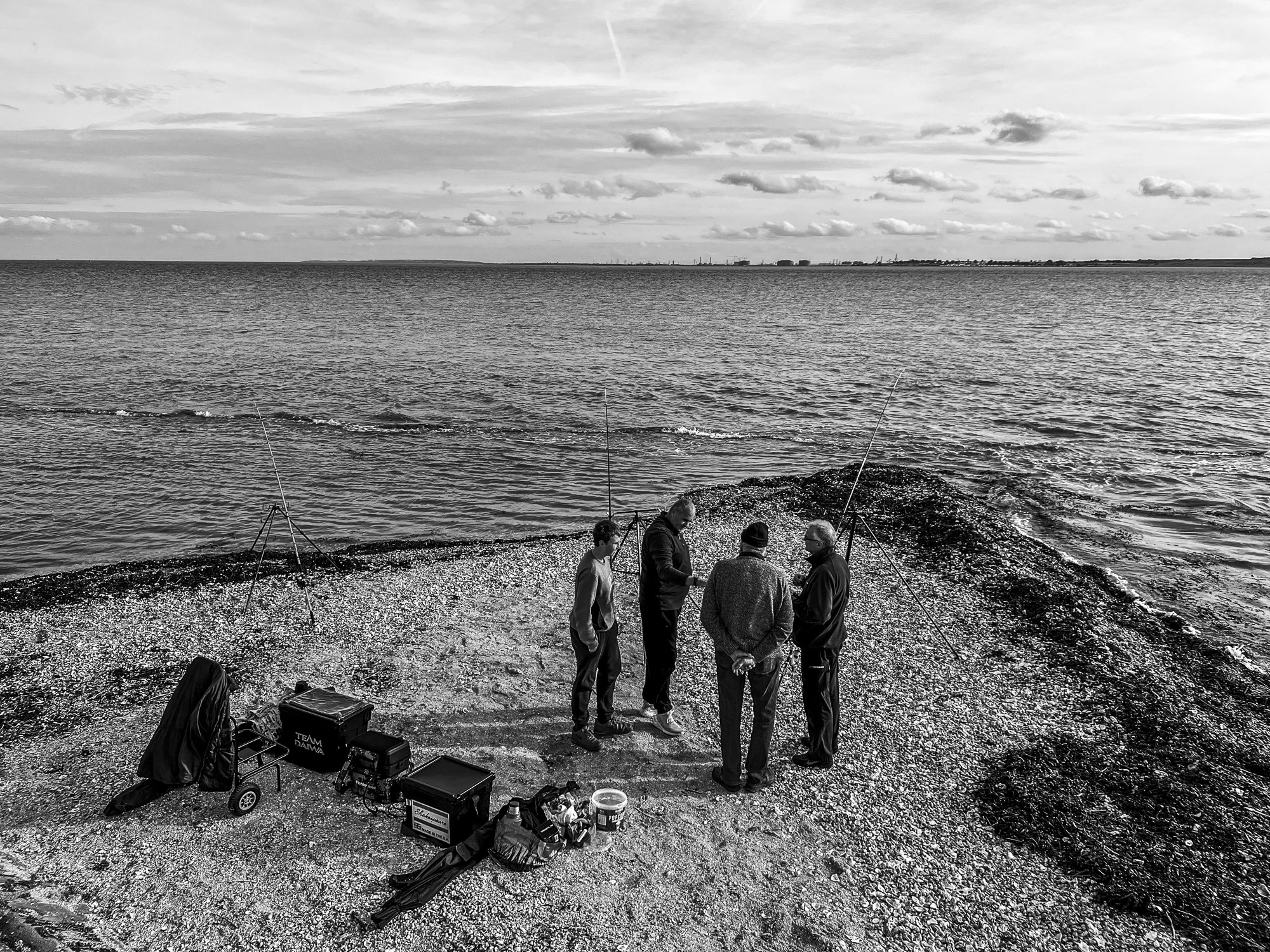
Littoral Paradox
“The sea exposes forces lying beyond our individual horizons, tides of social, cultural, environmental and political changes, which shape how we look and what we see.” Lily Le Brun, ‘Essay on art and the seas: the British coastline has long inspired work that both seduces and confronts’ FT Weekend Magazine 13 August 2022
The littoral zone is the part of a sea, lake, or river that is close to the shore. It includes the intertidal zone, extending from the high water mark (which is rarely inundated), to the foreshore (which is permanently submerged). However, the term has no single definition and its use varies from one part of the world to another, and between different disciplines.
“Geographical curves are so involved in their detail that their lengths are often infinite or more accurately, undefinable.” B B Mandelbrot (1967) ‘How long is the coast of Britain?’
Any coastline has features at all scales, from hundreds of kilometres in size to tiny fractions of a millimetre. As there is no obvious size of the smallest feature that should be taken into consideration, closer measurement does not result in an increase in accuracy, rather the measurement only increases in length. This is known as the coastline paradox.
Landscapes and landscape photography can be ‘read’. Taken together, the ‘littoral paradox’ invites these further, metaphorical readings of such images. The approach to mapping a coastline with fewer and fewer vertices (edges), has the effect of progressively reducing the resolution of the map and with it the length of the measured coastline. This progressive loss of resolution suggests visual approaches to way marking the metaphorical readings of the image.
The Essex coastline, with its extensive estuaries and crenelated creeks, epitomises the fractal geometry of the littoral paradox. Through images of its “moist and muddy margins”, shifting sands, and reflexive rivers, ebbs and flows the powerful currents of national identify; past-present-future time; and political and cultural change. None ever stands still.








